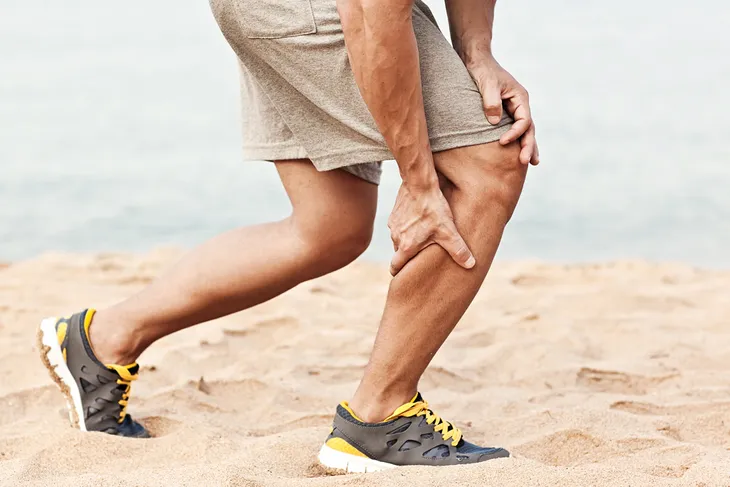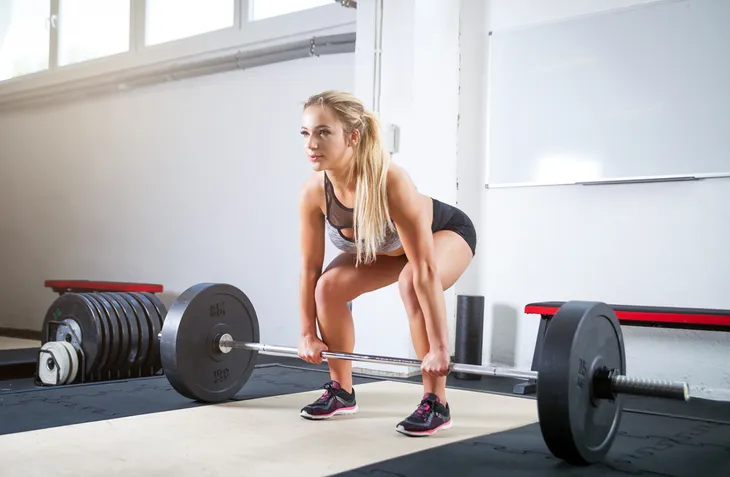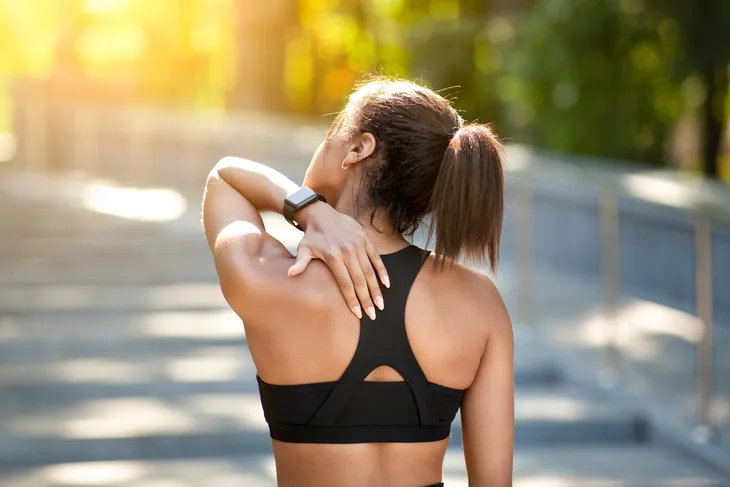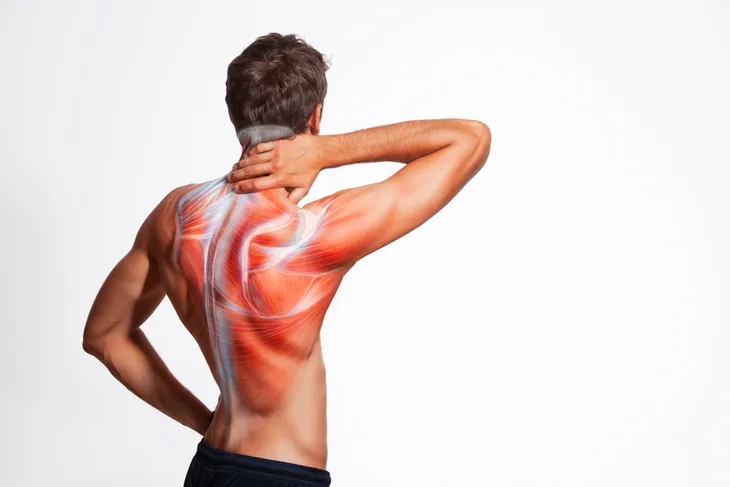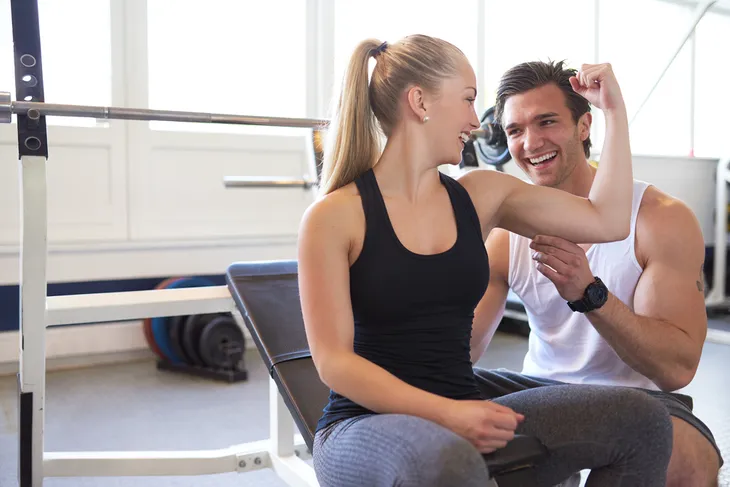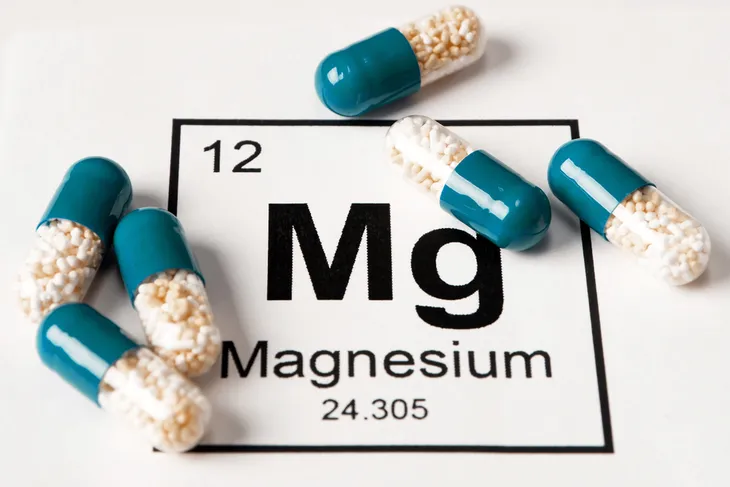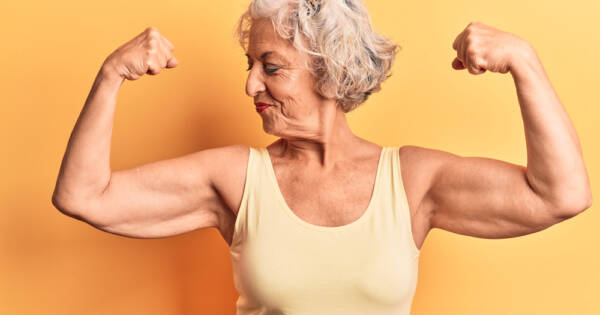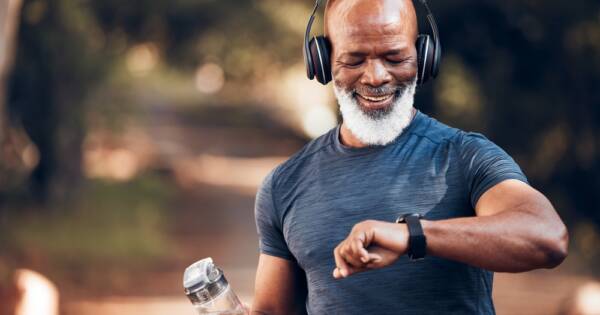There’s nothing worse than getting back into your fitness routine or completing an intense workout, only to suffer through muscle tightness the following day. It almost begs the question, why do we do this to ourselves? If you ask any athlete or frequent gym-goer, they’ll tell you that the feeling of muscle tightness following a workout is a sign that they’ve pushed their bodies to the limit and it’s actually a good thing!
In this article, I’ll discuss the symptoms, causes, and treatments for muscle tightness so that you have a better understanding of what it is and how to recover from it. Let’s get into it!
Is Muscle Tightness Normal?
First, let’s dive into some background information to set the stage. Whether you’re completing resistance exercises in the gym or cardiovascular exercises in a pool, you are using your skeletal muscle system to complete these types of exercise. This means, your muscles are generating force, your joints are being utilized for their range of motion, your tendons are generating their power, and your ligaments are firmly holding everything in place.
So, why is all of this important to know? With all of these systems working in sync with one another, you’re going to get some muscle tightness after a hard exercise session, especially if you were pushing it quite hard during training. To answer the question, yes, muscle tightness is normal, especially after a hard workout.
Signs and Symptoms of Muscle Tightness
One of the biggest symptoms of muscle tightness is waking up the following day after an intense exercise session with your body feeling extra stiff and tight. If you’ve completed a hard lower body session, this might result in your legs feeling heavy and creaky the following day and as if they don’t want to move as they normally would.
Alternatively, if you completed a grueling upper body session the previous day, you might wake up with stiffness and tightness in your arms and chest. Ultimately, the tightness you feel and where you feel it on your body will really depend on what muscle groups you worked the previous day.
Other Common Symptoms
Some other common signs and symptoms of muscle tightness are:
- Reduced ability to perform normal body movements (for example, climbing stairs, putting on a shirt, and squatting down).
- The feeling of heaviness and fatigue in your muscles.
- General body soreness.
- Creaky joints.
Causes of Muscle Tightness
Essentially, when you are lifting a heavy weight or pulling your body through the water, your muscles are generating force to allow these movements to happen. If you’re practicing the principles of progressive overload, this means that every time you’re in the weight room or the pool you are trying to push your body harder than your previous session.
If you’re doing this week in and week out, you’re sure to see improvements in your endurance, strength, and cardiovascular capacity as you’re continuing to push your body to its limit. The downside of this strategy is that the more you push your muscles to generate force, the more muscle fibers you’re going to break down.
It’s important to note, this is not a bad thing as you need to break down muscle fibers in order to rebuild leaner stronger muscle. However, the more muscle fibers you break down during an exercise session, the more likely you are to experience muscle tightness the next day.
Treatment for Muscle Tightness
As I mentioned above, the fact that you’re experiencing muscle tightness is actually a good thing. It means that you’re exercising and pushing your body to its limit with the goal of improving your fitness. This is terrific! Thankfully, there are a few remedies for muscle tightness that can help you recover faster. Let’s explore these next.
Treatment: Foam Rolling
Yes, foam rolling isn’t very comfortable but it’s a great tool for faster recovery from muscle tightness. The quicker you can embrace the pain of the foam roller the faster you’ll recover.
All you need to do is pick a muscle group that feels the tightest and then spend a total of 4-minutes rolling out these muscles. You do not need to spend all day on the foam roller. Short and sweet sessions will do the trick. Make this a nightly routine.
Treatment: Active Recovery Day
If you’ve been pushing the limits in the gym lately, it’s best to incorporate an active recovery day into your routine. This could be getting out for a brisk walk, going for a light bike ride, or swimming laps in the pool.
The goal is to move your joints without breaking a sweat and ease the body through any muscle tightness. I promise you’ll feel better afterward compared to just sitting on the couch and allowing your body to stiffen up even more.
Treatment: Magnesium
Supplementing with magnesium tablets is an effective way to help decrease the amount of soreness and tightness felt the following day after an exercise session. It’s important to note, you should always make sure to speak with your doctor first before trying any nutritional supplement!
The bottom line is if you’re experiencing muscle tightness after a vigorous workout, know it’s normal. Following the above treatments will help your muscles recover and let you get back to training those muscles!

